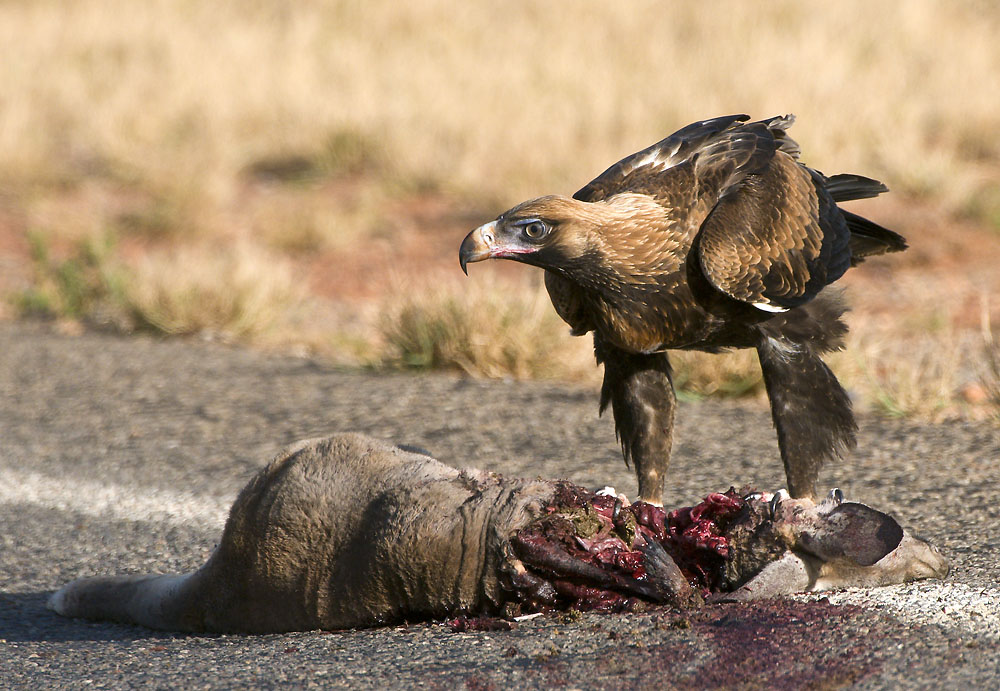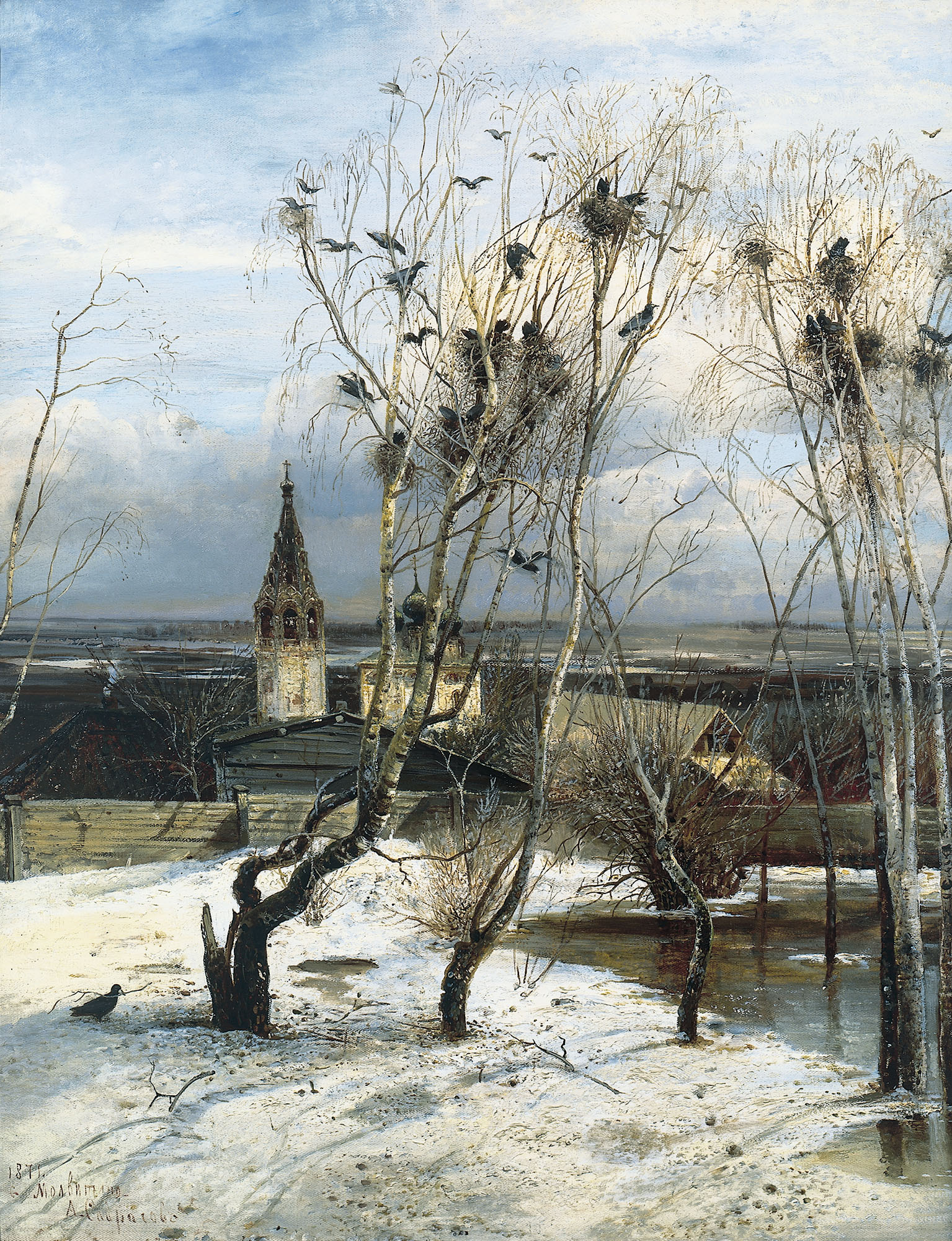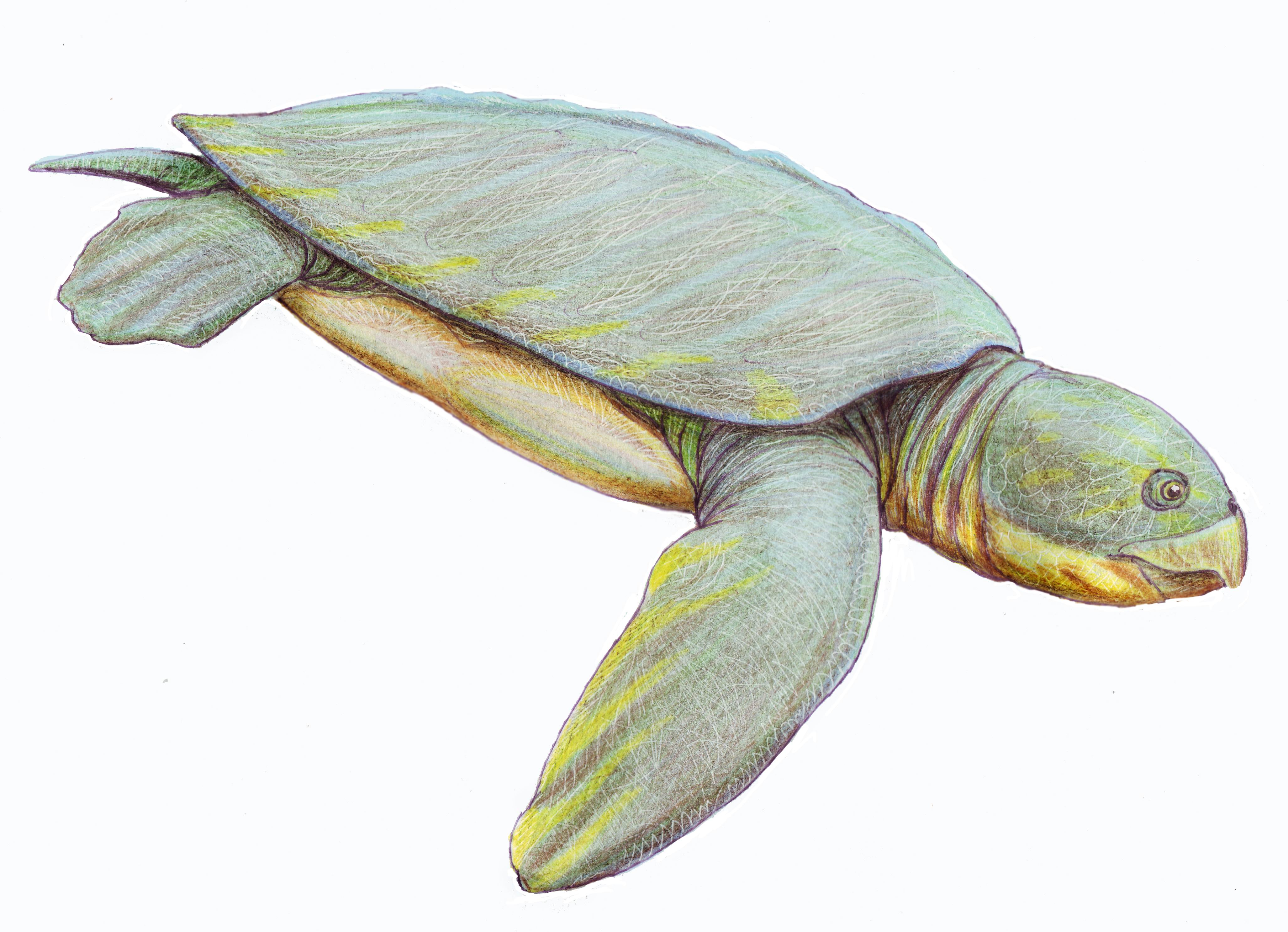|
Golden Ghost Crab
''Ocypode convexa'', commonly known as the golden ghost crab, or alternatively the western ghost crab or yellow ghost crab, is a species of ghost crabs endemic to the coast of Western Australia, from Broome to Perth. They are relatively large ghost crabs, with a carapace growing up to long and wide. They are easily recognisable by their golden yellow colouration. Like other ghost crabs they have box-like bodies with unequally sized claws. They also have large eyestalks with the cornea occupying most of the bottom part. Golden ghost crabs are common inhabitants of open sandy beaches, living in burrows in the intertidal and supratidal zones. They are predominantly nocturnal and semi-terrestrial. They are a generalist species, feeding on carrion and debris, as well as preying on small animals. Along with the red fox (''Vulpes vulpes''), they are significant as one of the main predators of eggs and hatchlings of Western Australian sea turtles, particularly the Endangered loggerhea ... [...More Info...] [...Related Items...] OR: [Wikipedia] [Google] [Baidu] |
Gnaraloo
Gnaraloo is a working pastoral station and wilderness tourism business located in the Gnaraloo Bay in the Shire of Carnarvon, Western Australia. It is adjacent to the Ningaloo Marine Park and north of Carnarvon. It is famous for its coastline, wildlife and fishing and waves and wind.Butler, Bruce.(1999) They're blowing in the wind. Sunday times (Perth, W.A.) 10 January 1999, Sunday section p.4-5''Gnaraloo – wavesurfing and other attractions at the Station.'' The West Australian, 28 July 1988, p.116; 2 June 1989, p.55; 1 August 1989, p.4,8,11; 14 September 1990, p.18; 7 May 1993, p.47 The main surf break in the area is known as "Tombstones", which is a heavy barrelling left-hander. History The area was pioneered by Donald Fleming who, in partnership with Arthur Nicol, took up land in the area including Gnaraloo. At the time it was known as "Flemington". He later sold it to Frank Mottram but stayed in the area until 1935. In 1908 the station was in size and was held by F ... [...More Info...] [...Related Items...] OR: [Wikipedia] [Google] [Baidu] |
Carrion
Carrion () is the decaying flesh of dead animals, including human flesh. Overview Carrion is an important food source for large carnivores and omnivores in most ecosystems. Examples of carrion-eaters (or scavengers) include crows, vultures, condors, hawks, eagles, hyenas, Virginia opossum, Tasmanian devils, coyotes and Komodo dragons. Many invertebrates, such as the carrion and burying beetles, as well as maggots of calliphorid flies (such as one of the most important species in '' Calliphora vomitoria'') and flesh-flies, also eat carrion, playing an important role in recycling nitrogen and carbon in animal remains. Carrion begins to decay at the moment of the animal's death, and it will increasingly attract insects and breed bacteria. Not long after the animal has died, its body will begin to exude a foul odor caused by the presence of bacteria and the emission of cadaverine and putrescine. Some plants and fungi smell like decomposing carrion and attract in ... [...More Info...] [...Related Items...] OR: [Wikipedia] [Google] [Baidu] |
Ocypodidae
The Ocypodidae are a family of semiterrestrial crabs that includes the ghost crabs and fiddler crabs. They are found on tropical and temperate shorelines around the world. Some genera previously included in the family are now treated as members of separate families in the superfamily Ocypodoidea, such as the Dotillidae and Macrophthalmidae. In 2016, the genus Uca was split into 13 genera by elevating its subgenera to genus rank, among other things. Further refinements have been made to the organization of the family, which has 4 subfamilies, about 13 extant genera, and about 180 described species as of 2020. The majority of the Ocypodidae species are fiddler crabs, the exceptions being the members of the genus ''Ocypode'', ghost crabs, and the genus '' Ucides'', mangrove crabs. Genera These genera belong to the family Ocypodidae: * ''Afruca'' Crane, 1975 * '' Austruca'' Bott, 1973 * '' Cranuca'' Beinlich & von Hagen, 2006 * '' Gelasimus'' Stimpson 1862 * '' Leptuca'' Bott, 1973 ... [...More Info...] [...Related Items...] OR: [Wikipedia] [Google] [Baidu] |
Family (biology)
Family ( la, familia, plural ') is one of the eight major hierarchical taxonomic ranks in Linnaean taxonomy. It is classified between order and genus. A family may be divided into subfamilies, which are intermediate ranks between the ranks of family and genus. The official family names are Latin in origin; however, popular names are often used: for example, walnut trees and hickory trees belong to the family Juglandaceae, but that family is commonly referred to as the "walnut family". What belongs to a family—or if a described family should be recognized at all—are proposed and determined by practicing taxonomists. There are no hard rules for describing or recognizing a family, but in plants, they can be characterized on the basis of both vegetative and reproductive features of plant species. Taxonomists often take different positions about descriptions, and there may be no broad consensus across the scientific community for some time. The publishing of new data and opi ... [...More Info...] [...Related Items...] OR: [Wikipedia] [Google] [Baidu] |
Subfamily (biology)
In biological classification, a subfamily (Latin: ', plural ') is an auxiliary (intermediate) taxonomic rank, next below family but more inclusive than genus. Standard nomenclature rules end subfamily botanical names with "-oideae", and zoological names with "-inae". See also * International Code of Nomenclature for algae, fungi, and plants The ''International Code of Nomenclature for algae, fungi, and plants'' (ICN) is the set of rules and recommendations dealing with the formal botanical names that are given to plants, fungi and a few other groups of organisms, all those "trad ... * International Code of Zoological Nomenclature * Rank (botany) * Rank (zoology) Sources {{biology-stub ... [...More Info...] [...Related Items...] OR: [Wikipedia] [Google] [Baidu] |
Ocypode
''Ocypode'' is a genus of ghost crabs found in the sandy shores of tropical and subtropical regions throughout the world. They have a box-like body, thick and elongated eyestalks, and one claw is larger than the other in both males and females. They inhabit deep burrows in the intertidal zone. They are primarily nocturnal, and are generalist scavengers and predators of small animals. The genus contains 21 species. Taxonomy The genus ''Ocypode'' was first established by the German entomologist Friedrich Weber in 1795, using the type species '' Cancer ceratophthalmus'' described by the German naturalist Peter Simon Pallas in 1772. ''Ocypode'' was previously the only genus classified under the ghost crab subfamily Ocypodinae until 2013, when Katsushi Sakai and Michael Türkay reclassified the gulf ghost crab into a separate genus, ''Hoplocypode''. It belongs to the family Ocypodidae. Ghost crabs of the genus ''Hoplocypode'' can be distinguished from those in ''Ocypod ... [...More Info...] [...Related Items...] OR: [Wikipedia] [Google] [Baidu] |
Genus
Genus ( plural genera ) is a taxonomic rank used in the biological classification of living and fossil organisms as well as viruses. In the hierarchy of biological classification, genus comes above species and below family. In binomial nomenclature, the genus name forms the first part of the binomial species name for each species within the genus. :E.g. '' Panthera leo'' (lion) and '' Panthera onca'' (jaguar) are two species within the genus ''Panthera''. ''Panthera'' is a genus within the family Felidae. The composition of a genus is determined by taxonomists. The standards for genus classification are not strictly codified, so different authorities often produce different classifications for genera. There are some general practices used, however, including the idea that a newly defined genus should fulfill these three criteria to be descriptively useful: # monophyly – all descendants of an ancestral taxon are grouped together (i.e. phylogenetic analysis should c ... [...More Info...] [...Related Items...] OR: [Wikipedia] [Google] [Baidu] |
Rookeries
A rookery is a colony of breeding animals, generally gregarious birds. Coming from the nesting habits of rooks, the term is used for corvids and the breeding grounds of colony-forming seabirds, marine mammals ( true seals and sea lions), and even some turtles. Rooks (northern-European and central-Asian members of the crow family) have multiple nests in prominent colonies at the tops of trees. Paleontological evidence points to the existence of rookery-like colonies in the pterosaur '' Pterodaustro''. The term ''rookery'' was also borrowed as a name for dense slum housing in nineteenth-century cities, especially in London. See also *Auca Mahuevo, for a titanosaurid sauropod dinosaur rookery *Bird colony *Heronry *Rook shooting Rook shooting was a previously popular sport in the United Kingdom, in which young rooks were shot from tree branches, often using purpose-built rifles known as rook rifles. Rook shooting could serve as a form of pest control, a blood sport .. ... [...More Info...] [...Related Items...] OR: [Wikipedia] [Google] [Baidu] |
Caretta Caretta
The loggerhead sea turtle (''Caretta caretta'') is a species of sea turtle, oceanic turtle distributed throughout the world. It is a marine reptile, belonging to the Family (biology), family Cheloniidae. The average loggerhead measures around in carapace length when fully grown. The adult loggerhead sea turtle weighs approximately , with the largest specimens weighing in at more than . The skin ranges from yellow to brown in color, and the shell is typically reddish brown. No external differences in sex are seen until the turtle becomes an adult, the most obvious difference being the adult males have thicker tails and shorter plastrons (lower shells) than the females. The loggerhead sea turtle is found in the Atlantic Ocean, Atlantic, Pacific Ocean, Pacific, and Indian Oceans, as well as the Mediterranean Sea. It spends most of its life in saltwater and estuarine habitats, with females briefly coming ashore to lay eggs. The loggerhead sea turtle has a low reproductive rate; fe ... [...More Info...] [...Related Items...] OR: [Wikipedia] [Google] [Baidu] |
Endangered
An endangered species is a species that is very likely to become extinct in the near future, either worldwide or in a particular political jurisdiction. Endangered species may be at risk due to factors such as habitat loss, poaching and invasive species. The International Union for Conservation of Nature (IUCN) Red List lists the global conservation status of many species, and various other agencies assess the status of species within particular areas. Many nations have laws that protect conservation-reliant species which, for example, forbid hunting, restrict land development, or create protected areas. Some endangered species are the target of extensive conservation efforts such as captive breeding and habitat restoration. Human activity is a significant cause in causing some species to become endangered. Conservation status The conservation status of a species indicates the likelihood that it will become extinct. Multiple factors are considered when assess ... [...More Info...] [...Related Items...] OR: [Wikipedia] [Google] [Baidu] |
Sea Turtle
Sea turtles (superfamily Chelonioidea), sometimes called marine turtles, are reptiles of the order Testudines and of the suborder Cryptodira. The seven existing species of sea turtles are the flatback, green, hawksbill, leatherback, loggerhead, Kemp's ridley, and olive ridley sea turtles. All six of the sea turtle species present in US waters (all of those listed above except the flatback) are listed as endangered and/or threatened under the Endangered Species Act. The seventh sea turtle species is the flatback, which exists in the waters of Australia, Papua New Guinea and Indonesia. Sea turtles can be separated into the categories of hard-shelled (cheloniid) and leathery-shelled ( dermochelyid).Wyneken, J. 2001. The Anatomy of Sea Turtles. U.S Department of Commerce NOAA Technical Memorandum NMFS-SEFSC-470, 1-172 pp. There is only one dermochelyid species which is the leatherback sea turtle. Description For each of the seven types of sea turtles, females and males are ... [...More Info...] [...Related Items...] OR: [Wikipedia] [Google] [Baidu] |








